
Ancient predators vanished, leaving valuable conservation lessons. Their existence and disappearances serve as cautionary tales: even dominant species can fall prey. The prehistoric giants once ruled their ecosystems. But how did they become extinct? Let’s explore the stories of some ancient beasts, uncovering the ecological shifts and competitive pressures that sealed their fates.
Smilodon (Saber-Toothed Cat): Pleistocene Era
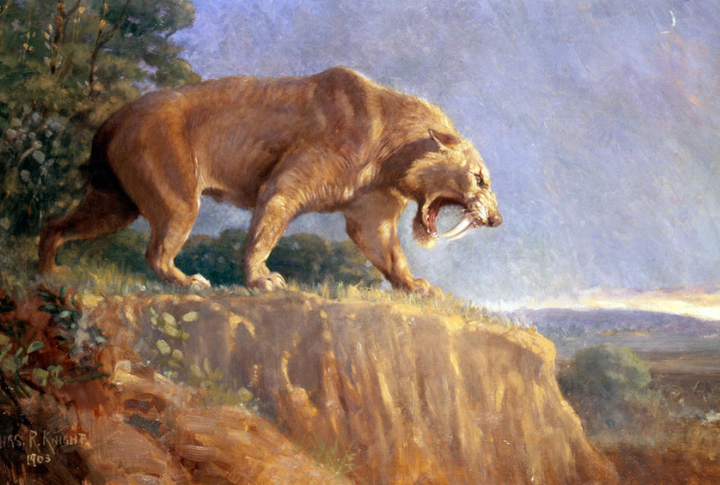
During the Pleistocene Era, the iconic Smilodon prowled with its massive canines, a symbol of both power and evolutionary risk. However, the saber-toothed cats may have become less advantageous as competition intensified. The Quarternary decline and expanded human migration into their territory likely compounded pressures, contributing to its eradication.
Thylacoleo (Marsupial Lion): Pleistocene Era
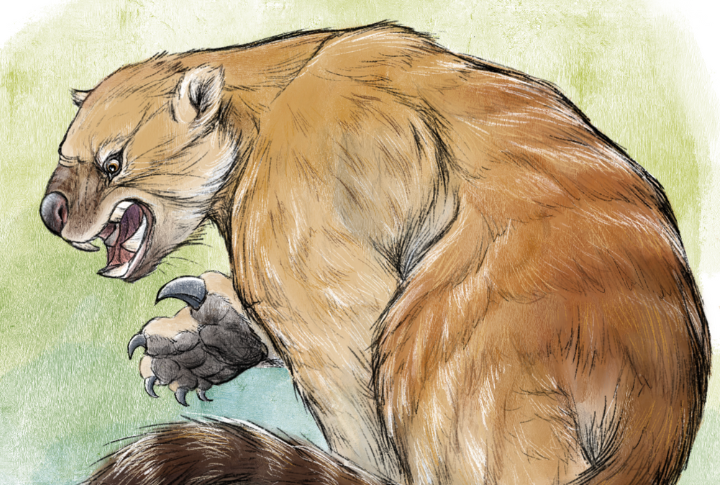
Known by some as the marsupial lion, this apex predator’s powerful bite dominated Australian megafauna. As human activity altered lands and prey dwindled, Thylacoleo struggled to adapt. Even the required climate shifts that happened around 40,000 years ago couldn’t help this species.
Dunkleosteus (Armored Fish): Late Devonian Period
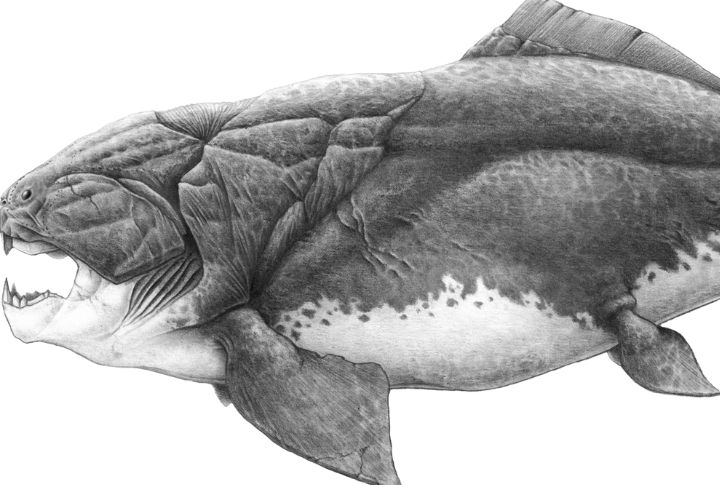
The demise of the gigantic armored fish Dunkleosteus was brought about by the Late Devonian Mass Extinction event, notably in the ocean’s chemistry. The fall of this prehistoric fish teaches us that widespread marine ecosystem collapse can fatally disrupt food chains. It is possibly linked to oceanic anoxia and climate shifts.
Andrewsarchus (Mesonychid): Eocene Epoch

Known from a single skull, Andrewsarchus remains an enigma. It may have been a predator or scavenger, but rapid fluctuations between global cooling and warming reshaped Eocene ecosystems. Its eradication highlights how incomplete fossil records limit understanding of species’ ecological roles and require consistent comparative study.
Phorusrhacos (Terror Bird): Miocene Epoch
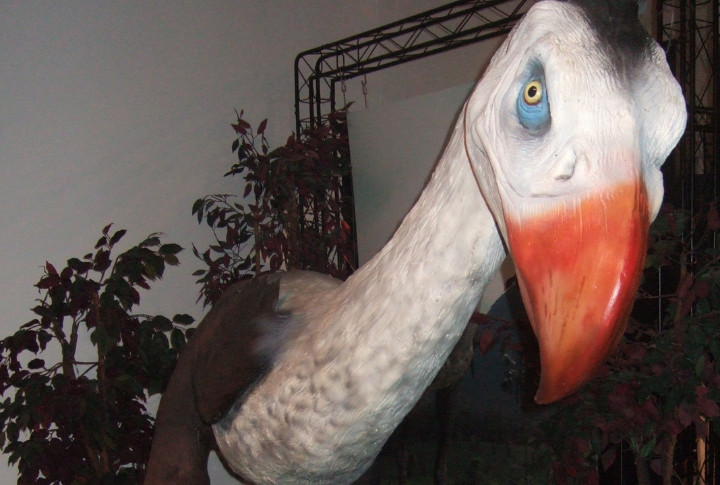
The introduction of new competitors spelled doom for Phorusrhacos, hinting at the vulnerability of a local species when faced with the foreign. For example, the arrival of placental mammals may explain the end of the giant flightless terror birds in South America during the Miocene Epoch.
Megalodon (Giant Shark): Neogene Period
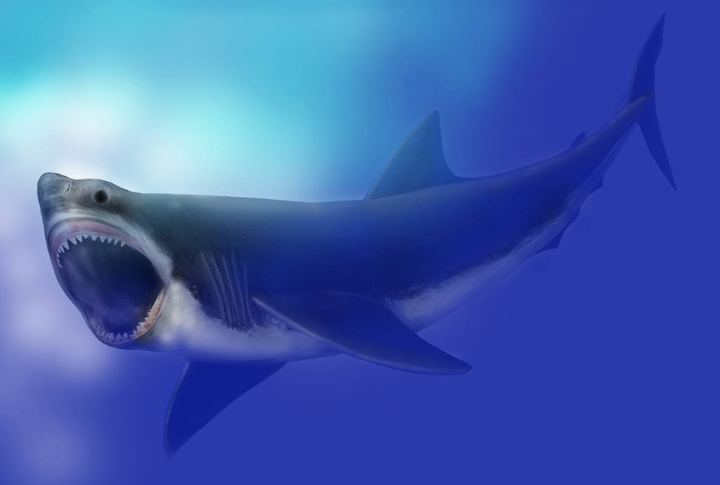
Global cooling drastically altered marine ecosystems, leading to the disappearance of the massive Megalodon, a giant shark that once thrived in warm oceans. This provides insights into how formidable hunters can be brought down by the domino effects of ecological changes.
Jaekelopterus (Giant Sea Scorpion): Devonian Period
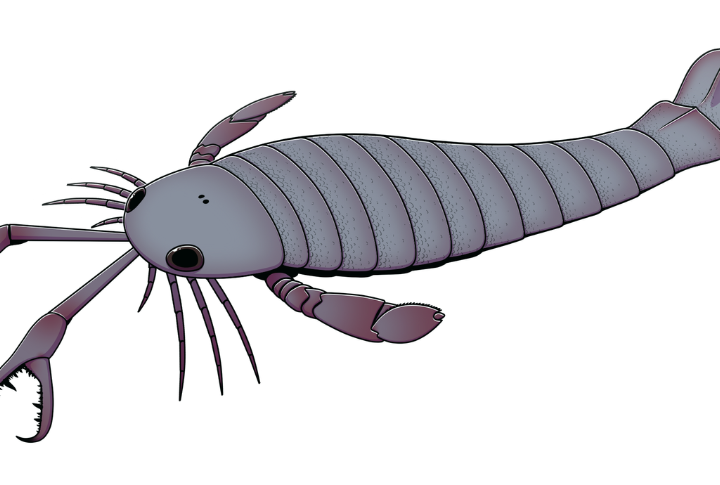
Jaekelopterus, one of the largest arthropods to ever exist, dominated Devonian waters as a fearsome predator. However, drastic environmental shifts, including severe oxygen depletion and habitat loss, contributed to its decline. This is an example of how aquatic ecosystems changed, and species that once thrived at the top of the food chain struggled to adapt.
Pulmonoscorpius (Giant Scorpion): Carboniferous Period
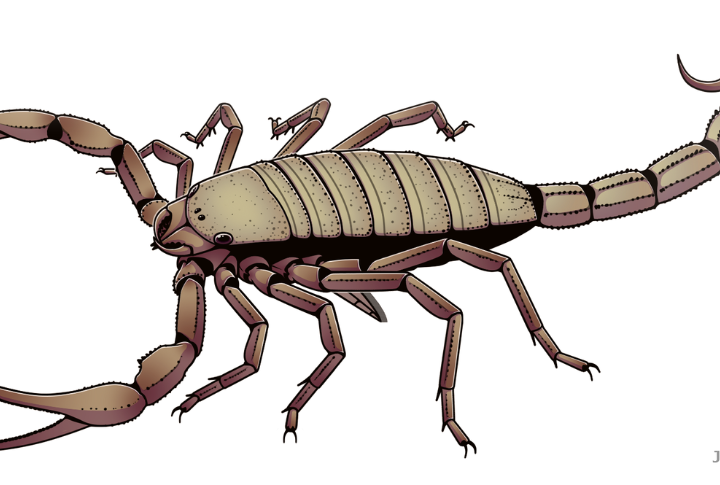
In the Carboniferous Period, there was Pulmonoscorpius, another huge scorpion whose story is a lesson. They thrived in a hyperoxic environment. However, by the Late Carboniferous and early Permian, oxygen levels dropped significantly to around 23. The changes and competition from evolving vertebrates led to its decline.
Arctodus (Short-Faced Bear): Pleistocene Epoch
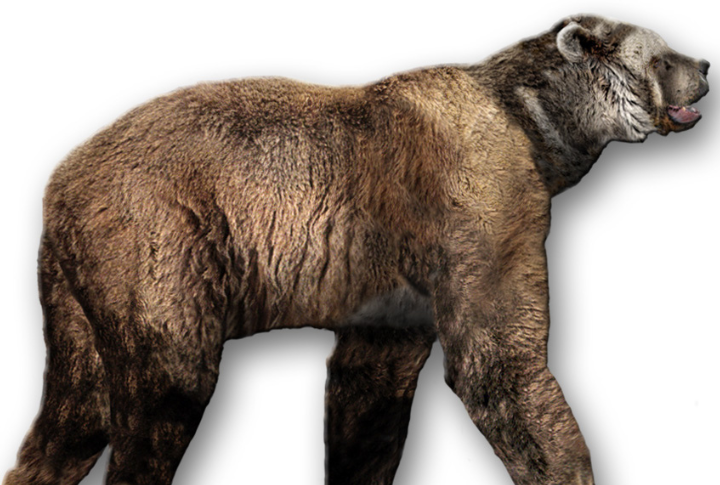
Global warming can be fatal for certain species, and they need the right resources to survive. Otherwise, they die like the Arctodus, the short-faced bear from the Pleistocene Epoch. At the end of the Ice Age, environmental changes and competition for resources with humans brought about its extinction.
Entelodon (Terminator Pig): Oligocene Epoch
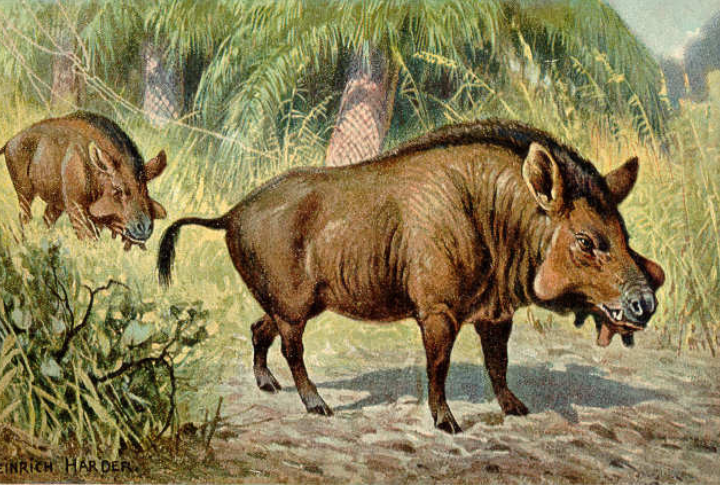
Though they were omnivorous and highly adaptable, competition from new predators likely contributed to the Entelodon’s disappearance. The terminator pigs of the Oligocene Epoch are an example of the consequences of drying of the wetlands and river ecosystems combined pressures that resulted in their demise.

